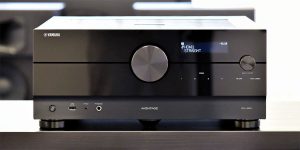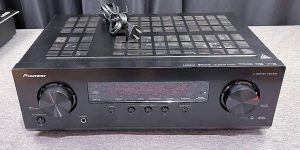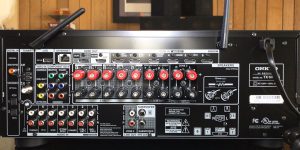The popularity of home theater receivers is growing every year. Given the variety of receivers on the market, the most important issue you will face is how many channels are right for you.
In my article, I will tell you what do channels mean on a receiver, consider different channel configurations, from basic stereo systems to advanced surround sound systems, and you can decide on this important issue without difficulty. After all, the result depends on the correctly chosen equipment and your impressions from watching new movies, shows, or listening to music tracks. Let’s get started.
What do the numbers in the receiver’s channel identification mean?
The numbers in audio system configurations indicate the total number of channels of the receiver as well as its additional features. In other words, by seeing the configuration numbers, you can determine how many speakers and subwoofers can be used in the system. The first digit before the dot indicates the main speakers (front, left and right), and the second digit after the dot indicates the number of subwoofers (low-frequency). The last digit indicates the additional speakers (remote or high-rise) used to create surround sound.
For example:
- 2.0 system consists of 2 front speakers (stereo system).
- In a 5.2 system, you have 5 main channels and 2 subwoofers.
- In a 7.1.4 system:.
- 7 is the number of floor and side speakers.
- 1 is the sub.
- 4 is the number of height channels.
Stereo system 2.0 and 2.1
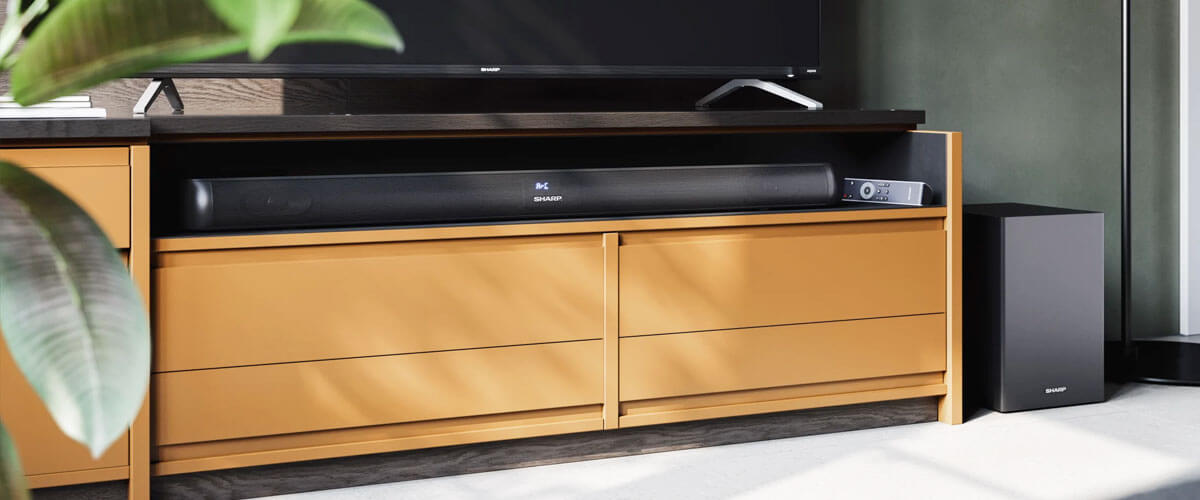
A 2.0-channel system consists of two main speakers, usually located to the left and right of the listener. This basic stereo system transmits sound from two directions, providing easy and efficient music playback and standard TV content. Adding a subwoofer to a 2.0 system gives you a 2.1-channel system that improves bass reproduction and provides more powerful bass. The amount of sub is given a separate designation because it is not considered a full-fledged speaker, but we all know that without bass, music sounds flat.
In such systems, a receiver is unnecessary, but with a good amplifier, you can get amazing sound from your music collection.
Such basic speaker systems are the simplest and are suitable only for music (or to increase the sound from the TV), are used in small rooms, and perfectly save space and finances.
5, 7, 9, and higher channel surround sound systems
Using a surround sound receiver with multiple speakers creates a more immersive listening experience by enveloping the listener in sound from all angles. As you have already realized, channels are the number of speakers. The more channels, the more speakers, which means the sound is more detailed, clearer, and distributed most accurately according to the original idea.
This directly affects the overall sound picture. Ultimately, your choice will come down to your finances, the size of the room in which you place the system, and what you want to hear, including how long you want your system to serve you.
The most common configurations are 5.1, 7.1, and 9.1 systems (but there are more), so let’s take a closer look at these options and their advantages and disadvantages.
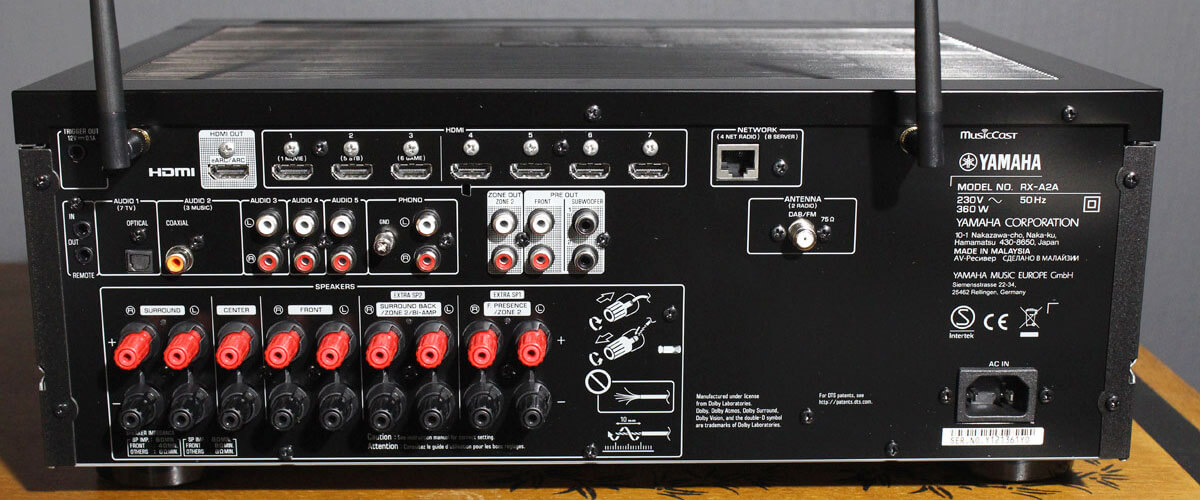
5-channel system
A 5.1-channel system comprises five main speakers (front left, center, front right, rear left, and rear right) and one subwoofer. This is the minimum configuration for surround sound, where the center channel is responsible for dialogue and vocals, the side speakers provide musical accompaniment, and the two rear speakers put you in a surround sound.
These systems are typically inexpensive (budget) and low-powered, so they are suitable for small rooms and unassuming viewers while still enhancing the experience of watching content.
7-channel system
The 7.1 channel system extends the capabilities of the 5.1 system by adding two additional rear speakers (left surround and right surround) for even greater immersion. This configuration is ideal for medium-sized rooms but requires more installation space and financial investment.
The two rear speakers create a more immersive experience, as the sound coming from behind will make you take in events as if from the inside. This configuration is the minimum for Dolby Atmos and DTS:X content. You won’t experience incredible quality, but the sound will be much more detailed than a 5-channel system.
9 – channel and higher system
To achieve the optimum surround sound effect, systems with higher channels, such as 9.1, 9.1.2, or even 11.2 configurations, are available. Such systems include additional upper or higher channels that create a three-dimensional soundstage, especially when combined with modern sound formats such as Dolby Atmos or DTS:X. These systems can provide excellent sound distribution in large rooms; they are powerful, have several additional advanced features, and are more expensive. But they are worth considering if you want the most up-to-date device with quality components and support for the most advanced features.
How many channels do I need for Dolby Atmos and DTS:X formats?
Dolby Atmos and DTS:X are advanced audio technologies that provide object-based audio placement, allowing sound to move freely around the listener. To experience the full potential of these formats, you’ll need at least a 5.1.2 (7.1) or 7.1.2 (9.1) channel system, where “.2” refers to the top two or higher channels. Higher channel configurations, such as 7.1.4 or 9.1.4, with four upper or altitude channels, may be selected for even more immersion.
We are supported by our audience. When you purchase through links on our site, we may earn an affiliate commission at no extra cost to you.
Our newsletter
* We will never send you spam or share your email with third parties

![Best Budget Receivers [Reviewed and Tested]](https://thetechholics.com/wp-content/uploads/2023/10/best-budget-av-receiver-300x150.jpg)
![Best 9-Channels AV Receivers [Reviewed and Tested]](https://thetechholics.com/wp-content/uploads/2023/10/best-9-2-receiver-300x150.jpg)

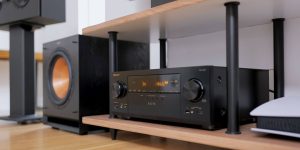

![Pioneer vs Denon Receivers [Top Models Compared and Tested]](https://thetechholics.com/wp-content/uploads/2023/10/denon-vs-pioneer-review-300x150.jpg)
